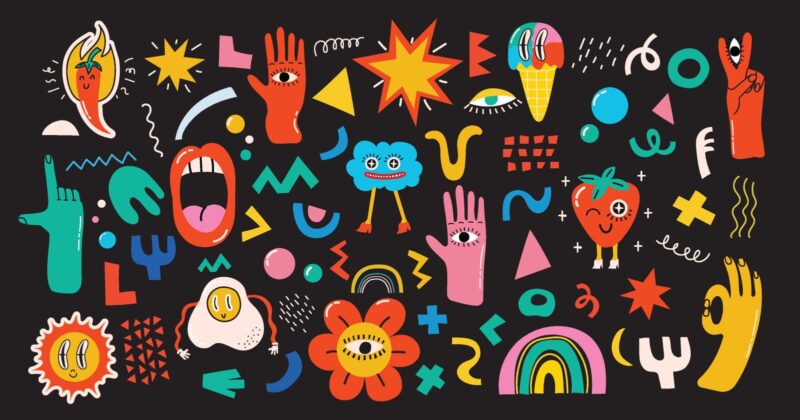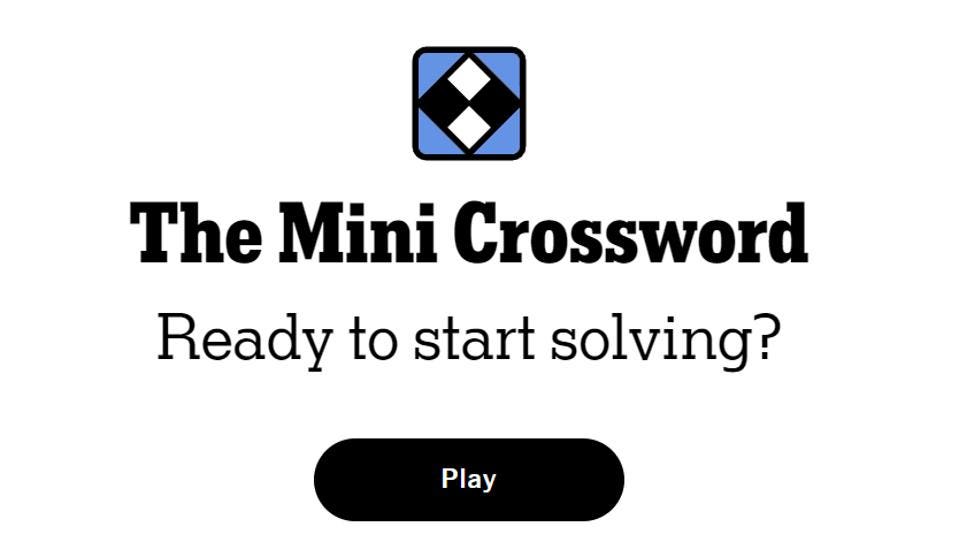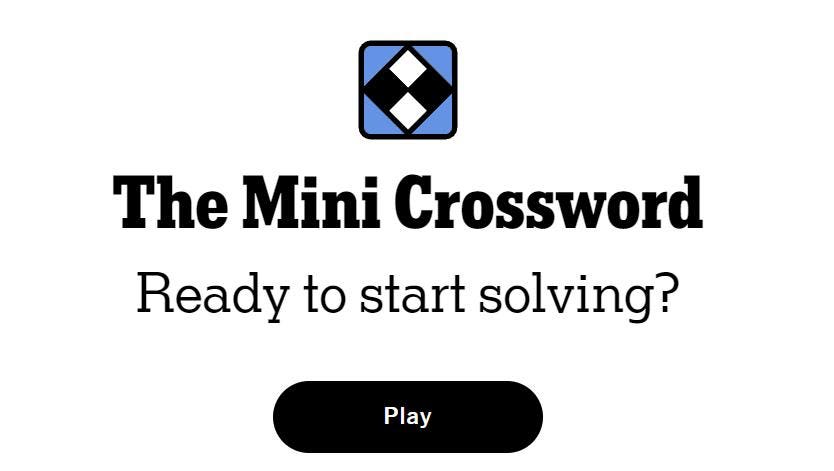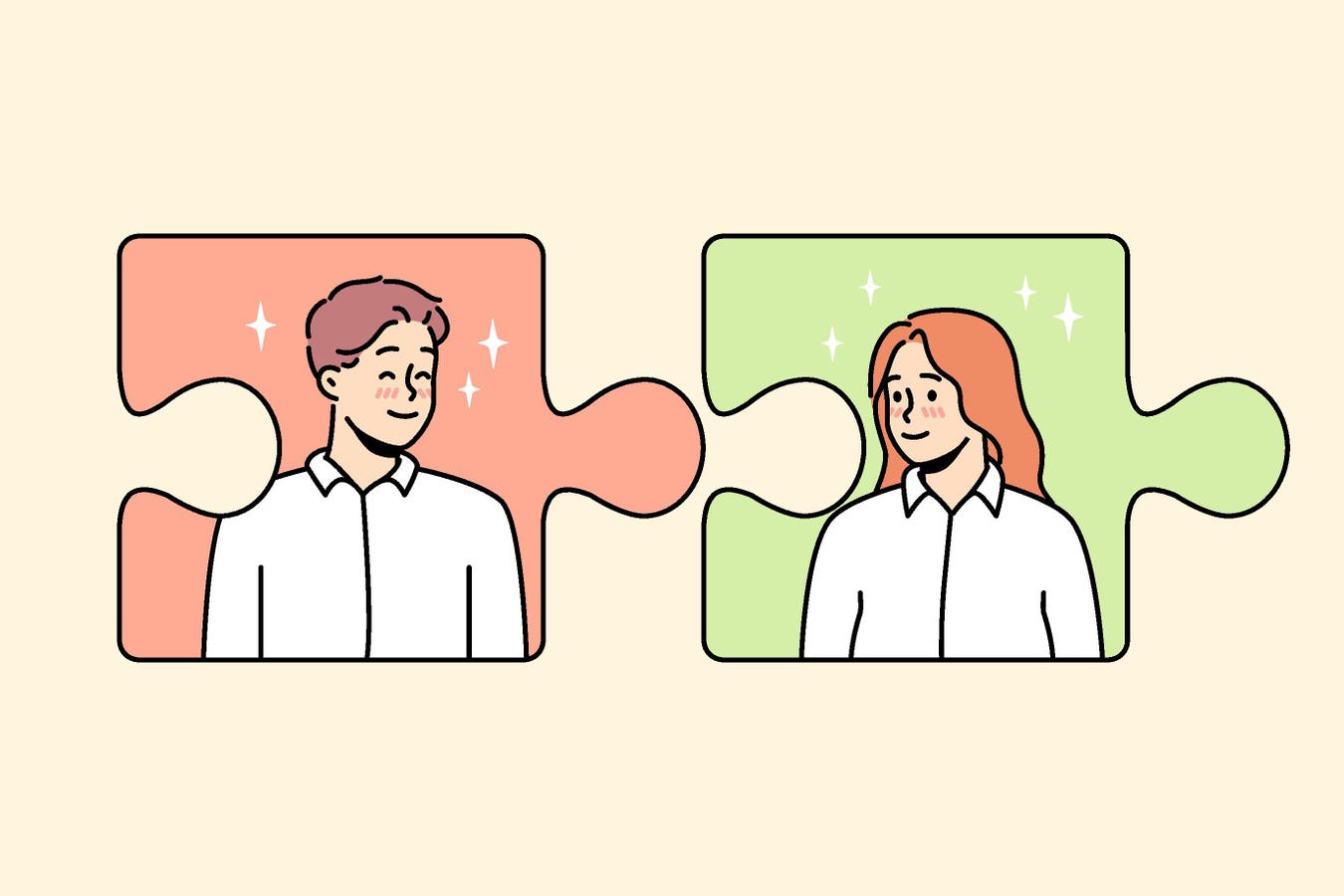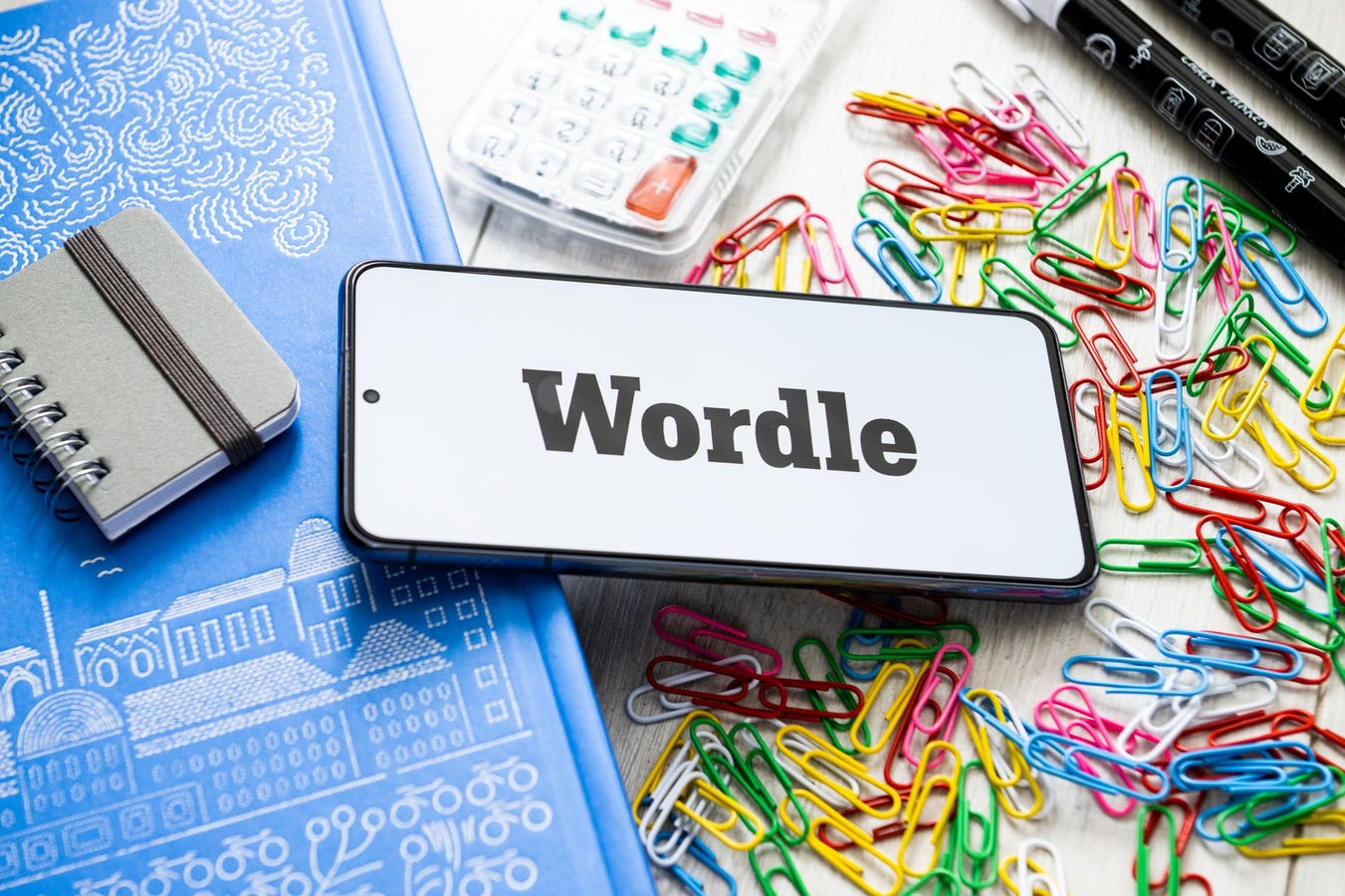As negativity floods your feeds, bloomscrolling could shift the way you consume content and your mood.
getty
Being online today isn’t optional for most people. It has evolved to become a somewhat convoluted yet essential aspect of both work and connection. Along with this, it’s also become a downtime activity for many. We’ve gone from seeing the internet as a simple tool to a part of our world that we inhabit for the better part of our days.
In just a few swipes and scrolls, you are likely to be bombarded with outrage and despair. The digital explosion that once promised freedom and connection now, somehow, dictates our moods and emotions.
This is where the concept of “bloomscrolling” comes in. It is the conscious act of curating your digital space to nurture your mind. As the opposite of the passive and destructive act of “doomscrolling,” bloomscrolling advocates for intentional consumption, where you scroll through content that uplifts and expands your sense of possibility instead of shrinking it.
Why We’re Caught In Death Grip Of The Doomscroll
A 2024 study published in Scientific Reports explored how negativity shapes the spread of news on social media. The authors of the study conducted a large-scale analysis, combining data from four major U.S. and U.K. news outlets. This was done with a total of 95,282 news articles and 579 million user posts across Facebook and Twitter (now X).
The study measured the emotional tone of each article and compared it to how often the article’s link appeared in user posts and re-shares. The findings revealed a strong bias toward negativity in social media engagement:
- Users were found to be nearly twice as likely to share news articles with negative language compared to neutral or positive ones, showing a strong preference for negativity.
- The tendency to share negative content is especially pronounced in political coverage, where users are more likely to circulate stories about opposing groups.
- Negativity amplifies both initial sharing and subsequent re-sharing. This increases the overall visibility of such articles on social media.
Social media platforms, thus, seem to appear to reward negative content with higher engagement and reach, which can lead to structural incentives for its spread. This feedback loop may even encourage journalists to frame stories more negatively, only increasing the presence of negative news online.
Over time, this cycle may contribute to the disproportionate proliferation of negative content online. As a result, our own negativity bias is reinforced, and our belief in the world being a hostile and chaotic place becomes stronger.
Now, every time you scroll, your brain is pulled into a subtle yet powerful loop fueled by a search for novelty. Every new post or headline can spark a tiny burst of dopamine: the neurotransmitter that signals reward. As a result, the slot machine of social media keeps us stuck in a cycle of seeking out new information to stay “in the know.”
Conscious Consumption Is The Core Of Bloomscrolling
While the internet may have most of us hooked, it’s important to remember that it isn’t a villain on its own. The way it shapes our perceptions often depends on how we, as individuals, use it. Every interaction you have with it becomes data that teaches the algorithms what to feed you next.
In a 2024 meta-analysis, researchers wanted to understand the complex relationship between social media use and well-being. To do so, the authors analyzed 78 studies published between 2009 and 2022. They focused on different types of social media behavior, such as time spent online, active vs. passive use, communication, problematic use, social comparison and other positive or negative experiences and how these behaviors are related to well-being.
The researchers came to several conclusions based on the findings of the analysis:
- Active communication, connecting with others and positive online experiences were linked to higher positive emotions and social well-being. Overall positive experiences, number of friends and social media intensity were also associated with better well-being outcomes.
- Problematic social media use and social comparison were linked to lower hedonic and eudaimonic well-being. So, constantly comparing yourself to others or using social media compulsively can undermine your happiness and sense of meaning.
- Excessive or unhealthy engagement online was also found to erode deeper feelings of purpose and meaning.
Social media itself is neither inherently good nor bad; the impact it has depends on how it is used. Active and intentional engagement, therefore, can be an antidote to the harms of social media; it can help avoid digital burnout altogether, or perhaps help balance it.
How To Start Bloomscrolling
With digital burnout on the rise, it is not uncommon for people to resort to digital detoxing, wherein you take complete breaks from social media or screens. While taking time off screens can feel refreshing, it isn’t always a very sustainable fix. For many, being is either a professional or social requirement, if not both. You can’t always log off when your job and social interactions depend on the same digital space that overwhelms you.
Moreover, the internet isn’t all bad. The real challenge lies in navigating it wisely: managing the negativity, avoiding echo chambers and using it in a way that does not drain your mental energy.
A 2025 study published in Mass Communication and Society examined the characteristics of media that provide psychological comfort, a concept termed “comfort media.” This parallels comfort food in its soothing role. Participants from four countries took part in a survey experiment that asked them to recall certain events, namely:
- A physically stressful event (such as an illness or injury)
- A socially stressful event (such as an argument with a loved one)
- A low-stress everyday encounter
Later they reported what kinds of media they would turn to for comfort in these situations, and which features of said media they associated with that comfort.
The findings highlight that comforting media tended to be positively valenced and familiar across all stress conditions and cultural contexts. Such media were often linked to feelings of nostalgia and low arousal. In some cases, it was associated with parasocial relationships — an unrequited emotional connection to a fictional character or media figures.
The results highlight the potential of positive, familiar and emotionally soothing media as effective tools for self-regulation and psychological well-being.
With this in mind, you can start your bloomscrolling journey by following pages that remind you of what’s still good in the world. A few examples of such accounts would be Global Positive News, The Happy Broadcast or Good Good Good Co as they highlight stories of human kindness and progress.
You can also engage with creators who make you feel inspired and intentionally pause on posts that evoke calm or gratitude. Over time, these little choices train your feed and your brain to lean toward hope.
The idea isn’t to tune out negativity altogether or to be ignorant or uninformed of the world’s problems. It’s about building a balance and not losing sight of the good happening around you. Bloomscrolling is a reminder that you can stay aware of what’s wrong while also nurturing your faith in what’s right, allowing both truth and hope to coexist on your screens and within you.
Are you drawn to grim headlines more than you realize? Take the Doomscrolling Scale to understand your scrolling habits and make a change.

